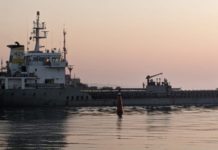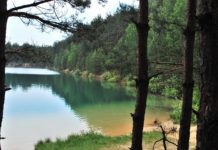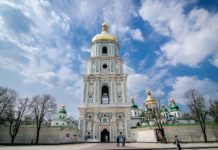President of Ukraine Volodymyr Zelensky emphasized that Russia’s deliberate destruction of the Kakhovka Reservoir, which is critically important, in particular, for the water supply of Crimea, shows that the Russian occupiers realized that they would have to flee the peninsula.


“Our country will find a way to restore normal life on our land after the expulsion of the Russian invaders. This applies to water and everything else. This applies to all our regions – from Kherson to Dnipro, from Mykolaiv to Crimea,” Zelensky said.
Oleksii Danilov, Secretary of the National Security and Defense Council of Ukraine, noted that the explosion of the Kakhovka hydroelectric power plant would make it impossible to supply water to Crimea in the near future.
“For the next three, five, ten years, until this dam is rebuilt, water supply to Crimea will be physically impossible,” he said.
The Permanent Representative of the President of Ukraine in the Autonomous Republic of Crimea Tamila Tasheva noted that the explosion of the Kakhovka hydroelectric power station is a disaster for the whole of southern Ukraine, including Crimea.
“The devastation of the Kakhovka reservoir will have the greatest impact on the supply of drinking water and the system of irrigation canals in general. The left bank of Kherson region, part of Zaporizhzhia region and Crimea will be left without Dnipro water. The region will face a food crisis and impoverishment of the population,” the official said.
HOW THE SITUATION WITH FRESH WATER WILL CHANGE IN THE CRIMEA
Ukrhydroenergo CEO Ihor Syrota confirmed that the North Crimean Canal will be left without water as a result of the Kakhovka hydroelectric power plant explosion.
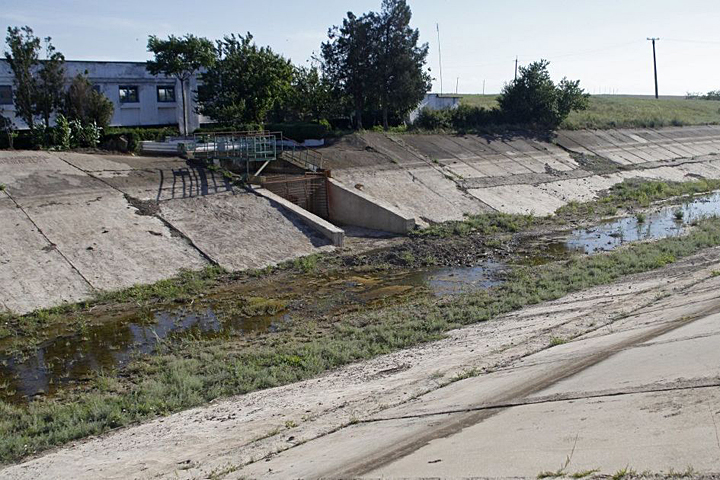

“There will be no water in the Kakhovka reservoir, and of course, there will be no water in the canal. And we will have to solve this issue very quickly after de-occupation,” he said.
As a reminder, the Russian invaders let water flow through the North Crimean Canal at the beginning of the full-scale invasion, blowing up hydraulic structures in the Kherson region. According to Yevhen Khlobystov, professor of the Department of Ecology at the Kyiv-Mohyla Academy and coordinator of the Crimean Platform expert network, the water then entered an unprepared niche in the North Crimean Canal, so it was delivered to Crimea contaminated and with great losses.


– The North Crimean Canal is an open structure, and it had not functioned for nine years. When the occupiers let the water in, there were cracks over a meter in size at the bottom of the canal. Even before 2014, evaporation during transportation through the canal was about 50%, and here the losses were fantastic. Up to 100 meters of wetlands were formed around the canal. The water reached Dzhankoi very dirty, carrying sediment. Given the high turbidity, it was expensive to purify this water,” said Khlobystov.
According to him, in the occupied Crimea, water from the North Crimean Canal was supplied to farmers.
Eskender Bariiev, Head of the Department for Legal Affairs and Foreign Affairs of the Mejlis of the Crimean Tatar People, Chairman of the Board of the Crimean Tatar Resource Center, also noted in a comment to Ukrinform that Dnipro water in the occupied Crimea was used, in particular, for the needs of agriculture. Thus, after its supply, Crimean farmers began to sow rice.
– About 3,000 hectares were sown with this crop in the steppe Crimea. Now the crops will be destroyed. Agriculture on the peninsula will face big problems,” Bariiev said.
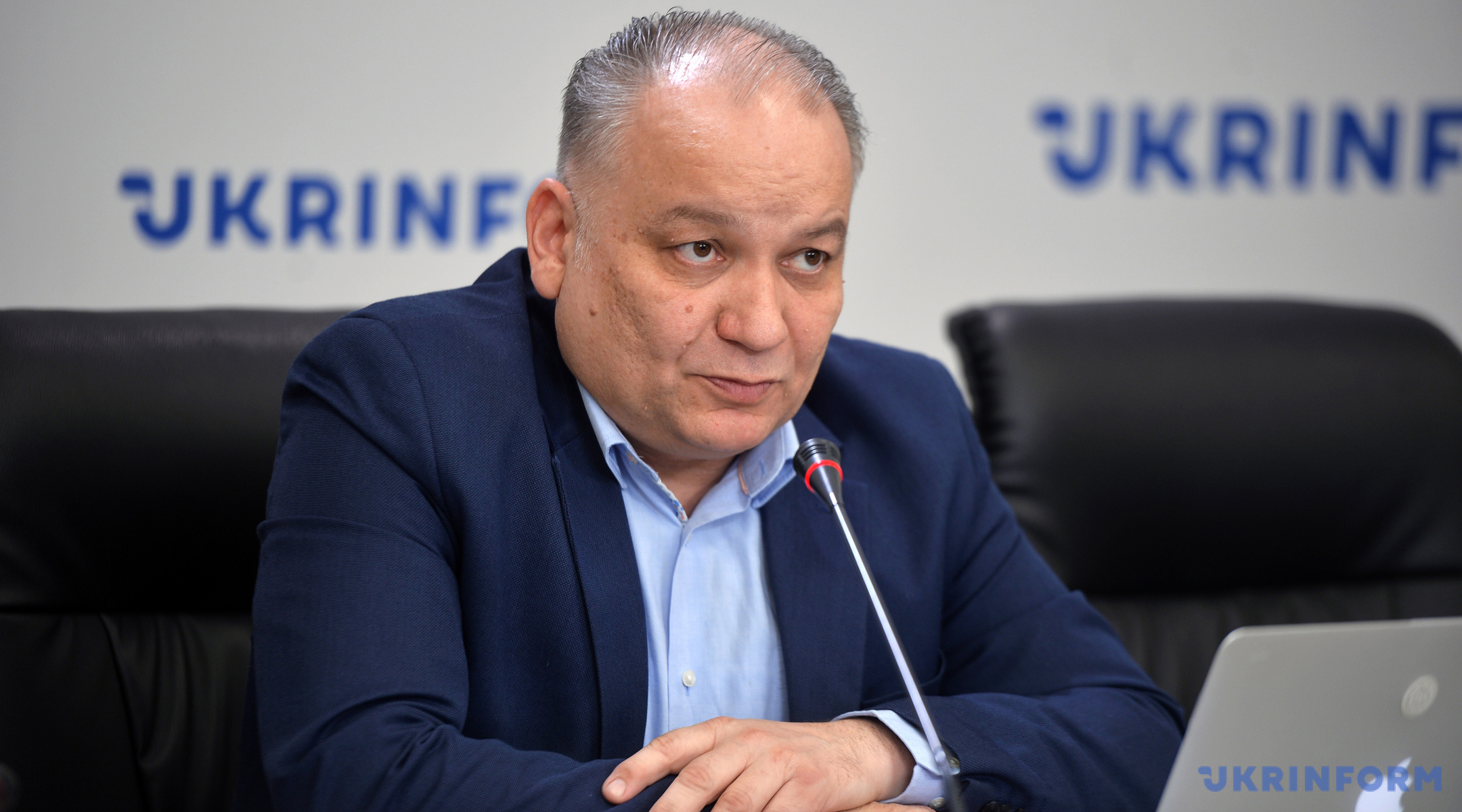

According to Yevhen Khlobystov, of the 22 large reservoirs in Crimea, most are filled with so-called “internal runoff”: during the autumn and winter period, spring floods, and sometimes in summer during heavy rains; also at the expense of groundwater. The total volume of these reservoirs is 399.4 million cubic meters. They are currently 80% full. This water, the expert emphasizes, can be enough for the needs of the population for a fairly long period.
At the same time, Khlobystov notes that since the beginning of the occupation, the communal system in Crimea has not been overhauled.
– “The occupiers have not spent a single penny on the development of the utility system. They operate old networks that had a high level of wear and tear even before 2014. Therefore, there are problems associated with the operation of worn-out sewage, water supply and drainage systems,” the expert noted.
PROBLEMS ARE EXACERBATED BY RUSSIAN INVADERS AND THE MILITARY
Andriy Klymenko, project manager at the Black Sea Institute for Strategic Studies, also notes that the state of water supply networks affects the emergence of water shortages on the peninsula. In addition, he says, problems with water supply arise because about a million Russians have illegally entered Crimea during the years of occupation. Residential areas have been built for them: new 30-story buildings have appeared in Simferopol, Sevastopol, and Yevpatoria.
According to Klymenko, the military factor has a significant impact on the water situation. Thus, the consumption of water by Russian military units and military enterprises on the peninsula has increased significantly.
Obviously, the high water consumption by the Russian military contingent, the illegal settlement of the peninsula by Russians, and the deterioration of the municipal infrastructure pose risks to the stable water supply in Crimea. Otherwise, why would the occupiers have been so eager to let Dnipro water flow to the peninsula after the Ukrainian state had rightfully cut it off in the spring of 2014? And they did it almost as a matter of priority when they occupied Kherson region.
THE INVADERS BEGAN TO SUPPLY WATER ON SCHEDULE
According to Bariiev, in the temporarily occupied Crimea, after the Russians blew up the Kakhovka hydroelectric power plant, water problems have already begun.


– There were water supply restrictions in Simferopol, Kerch, Feodosia, and Dzhankoi – these cities received water from the North Crimean Canal. Water supply is also restricted in small settlements. Yevpatoria also has water problems. The occupiers appealed to the population to stock up on drinking water and start supplying water on schedule,” Bariiev said.
He notes that the invaders are currently explaining the problems with water by alleged drought, repair work, etc.
– But there has been a lot of rainfall in Crimea in recent months. In addition, people see that after the Kakhovka hydroelectric power station was blown up, the water quality has become worse, the pressure has decreased,” he added.
The representative of the Mejlis notes that due to problems with water supply, agriculture, and transportation, a food crisis may arise on the temporarily occupied peninsula.
– Now something is happening with the so-called Crimean bridge. The invaders are constantly blocking it, announcing exercises. One car lane is still not working on it. In addition, cracks have appeared on the pillars. This could have been caused by the explosion in October 2022 or by the fact that this bridge itself is unreliable, it should not have been built in that place. If the bridge stops functioning for some reason, the peninsula will face major problems with power supply,” Bariiev believes.
THE RISK OF SPREADING INFECTIOUS DISEASES ON THE PENINSULA IS INCREASING
Pavlo Goldin, a senior researcher at the Schmalhausen Institute of Zoology, told Ukrinform that the consequences of the Russians’ blowing up the Kakhovka hydroelectric power station for the temporarily occupied Crimea and the south of mainland Ukraine will be similar. According to him, we are talking about short- and long-term processes, and the latter are difficult to predict.


– Vast areas at the mouth of the Dnipro River, the nature reserve fund, and the Black Sea Biosphere Reserve were flooded. The flood has spread from the Dnipro-Bug estuary to the northwestern part of the Black Sea. This harms terrestrial and aquatic ecosystems, threatens animals and plants on land, and the inhabitants of estuaries that are an adjacent part of the Black Sea,” the expert notes.
He adds that floods bring silt into the Black Sea, and pollutants with it.
– We are talking about various heavy metals that have been accumulating for decades. Pesticides of various effects are also washed away from the fields. Some of them are harmful to living organisms. In any case, this is a source of organic matter that changes the biogeochemical balance of the sea. It is quite possible that this will lead to the extinction of certain species of living organisms, and it is difficult to predict which ones,” the expert said.
Goldin points out that pathogens of various origins also get into seawater.
– In particular, these are the causative agents of such an acute infectious disease as leptospirosis. Animal waste also contains toxoplasma, which causes toxoplasmosis. Pathogens are also washed out of destroyed cattle burial grounds. All of this poses a danger to the western coast of Crimea, and can cause the development of infectious diseases in humans and animals,” the expert adds.
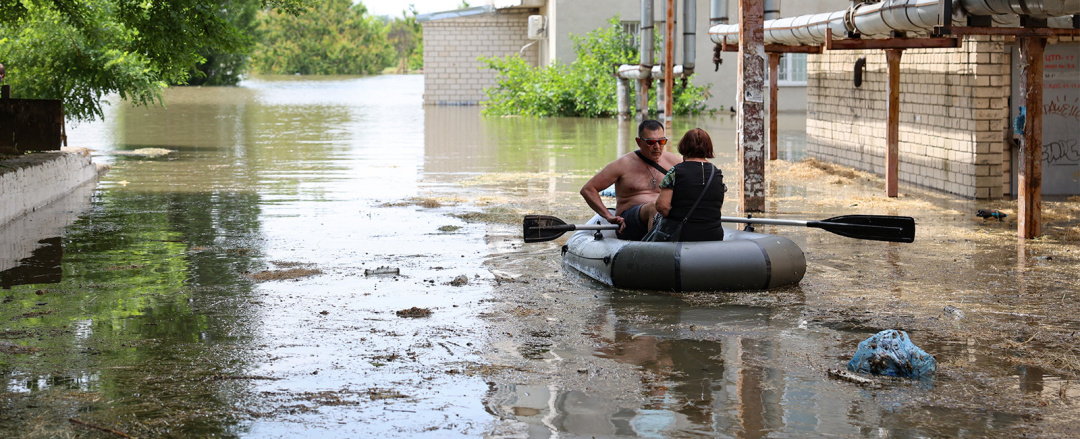

According to him, wherever the legitimate authorities are established, it will be necessary to conduct environmental analyzes.
Yevhen Khlobystov also notes that the floods in the north of the temporarily occupied Crimea increase the risk of infectious diseases, and the epidemiological situation may deteriorate significantly.
Valentyna Ringel






